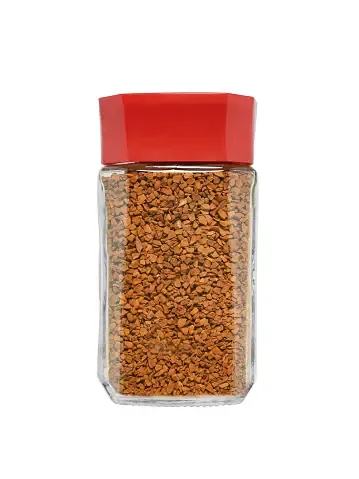Exploring Various Methods to Reducing Coffee Acidity

For many of us, starting the day with a cup of freshly brewed coffee is an essential ritual.
However, the acidic nature of coffee can sometimes lead to discomfort for those with sensitive stomachs or acid reflux issues.
The good news is that there are several effective ways to reduce the acidity in your coffee without compromising its flavour and aroma.
In this article, we’ll delve into some unique and practical methods to enjoy a smoother, gentler cup of joe.
Choose Low-Acidity Coffee Beans
It all begins with the beans. When shopping for coffee, keep an eye out for those labelled “low-acid” or “smooth.” These beans are often specifically selected and roasted to have a milder acidity profile. Arabica beans, for example, tend to have less acidity compared to Robusta beans. Additionally, beans that have undergone a medium or dark roast process usually exhibit lower acidity levels, as the roasting process can break down some of the compounds responsible for acidity.
Cold Brew Coffee
Cold brew coffee has gained popularity for its smooth and less acidic flavor profile. The cold brewing process involves steeping coarsely ground coffee beans in cold water for an extended period, typically around 12-24 hours. This results in a coffee concentrate that can be diluted with water or milk before consumption. The slow extraction at lower temperatures extracts fewer acidic compounds, making cold brew a great option for those seeking a gentler coffee experience.
Use a Coarser Grind
The grind size of your coffee beans can significantly impact the acidity of your brew. Finely ground coffee beans have a larger surface area, leading to faster extraction and potentially higher acidity. Switching to a coarser grind can slow down the extraction process, allowing you to extract the desirable flavors while minimizing acidity. Experiment with different grind sizes to find the balance that suits your taste preferences.
Employ a Cold Water Rinse
If you’re using a drip coffee maker or a pour-over method, consider giving your coffee grounds a cold water rinse before brewing. This simple step can help remove some of the excess acids from the grounds, resulting in a less acidic cup of coffee. Just pour a small amount of cold water over the grounds before proceeding with your regular brewing process.
Add a Pinch of Salt
A pinch of salt might not sound like a traditional coffee addition, but it can work wonders in reducing the perceived acidity of your brew. The salt doesn’t necessarily mask the acidity; instead, it helps to suppress the bitterness that often accompanies acidic flavors. Start with just a tiny amount and adjust to taste.
Incorporate Milk Alternatives
If you enjoy a creamy coffee, try using milk alternatives like almond milk, oat milk, or coconut milk. These dairy-free options can help neutralize acidity and provide a smoother mouthfeel. The natural sweetness of these alternatives can also counterbalance any lingering tartness.
Baking Soda Trick
This method might seem unconventional, but adding a tiny pinch of baking soda to your coffee grounds before brewing can help neutralize acidity. Baking soda is alkaline, which means it can balance out the acidity in the coffee. However, use this method sparingly, as too much baking soda can alter the flavor of your brew.
Opt for Decaf Coffee
While decaffeinated coffee might not be everyone’s first choice, it’s worth considering if you’re particularly sensitive to acidity. The decaffeination process can remove some of the acidic compounds along with the caffeine. Just make sure to choose high-quality decaf beans to ensure a flavourful cup.
Invest in an Acid-Reducing Device
Believe it or not, there are devices designed to reduce the acidity in your coffee as it’s brewed. These gadgets use various methods, such as adding minerals to the water or using special filters, to create a smoother, less acidic brew. While they might be a bit of an investment, they can be a game-changer for those who are committed to enjoying coffee without the discomfort of acidity.
Conclusion
Acidity is an inherent characteristic of coffee, but that doesn’t mean you have to suffer its effects. By experimenting with different brewing methods, choosing the right beans, and incorporating some unconventional tricks, you can enjoy a cup of coffee that’s both flavourful and gentle on your stomach. Remember, taste preferences vary, so don’t hesitate to try a combination of these methods to discover your ideal low-acid coffee experience.

































